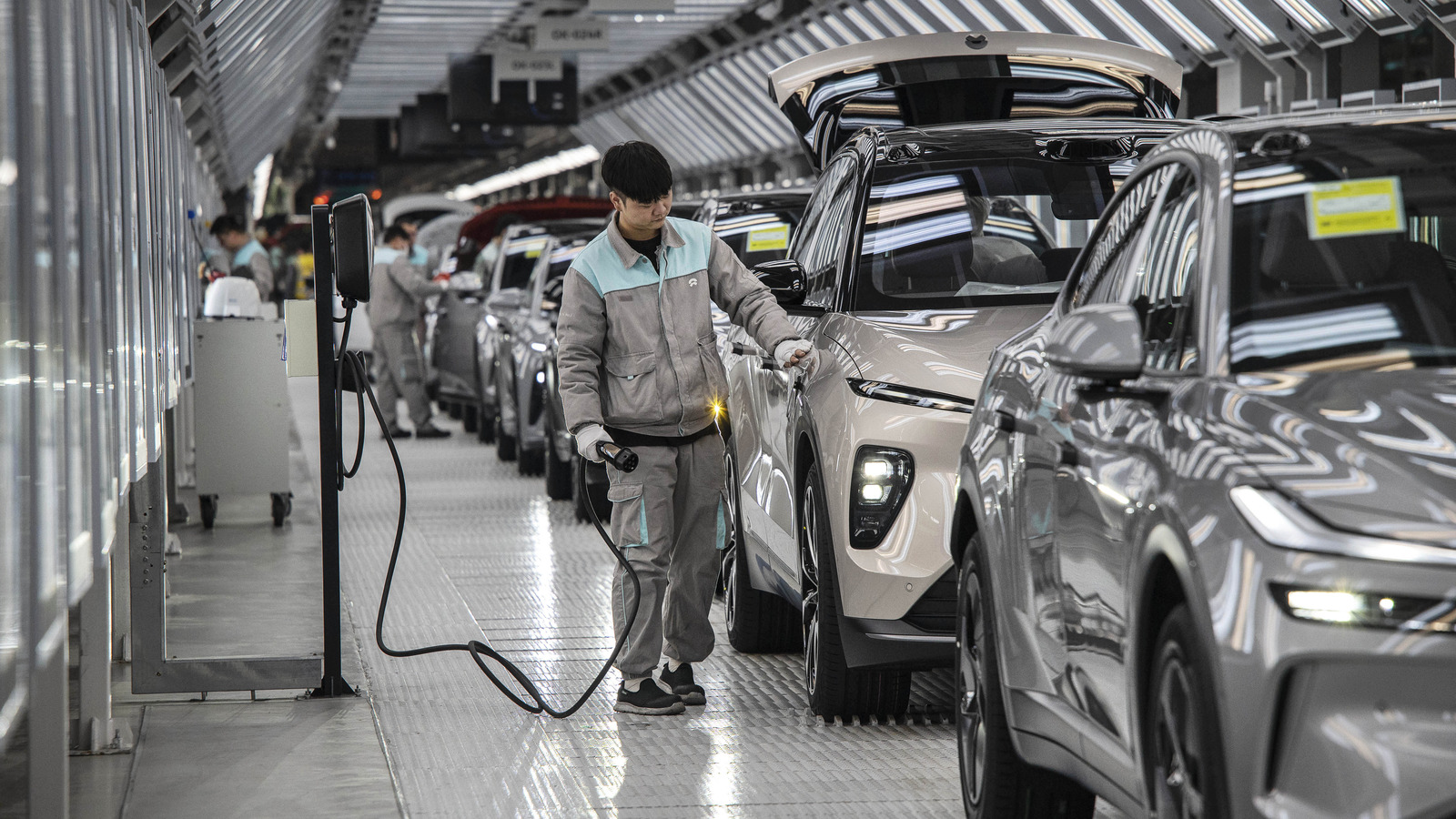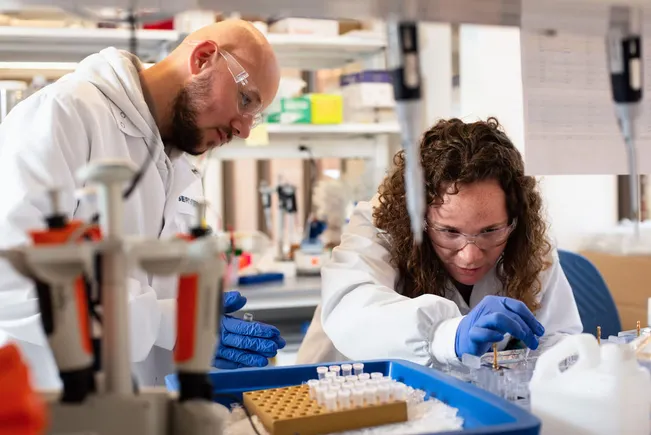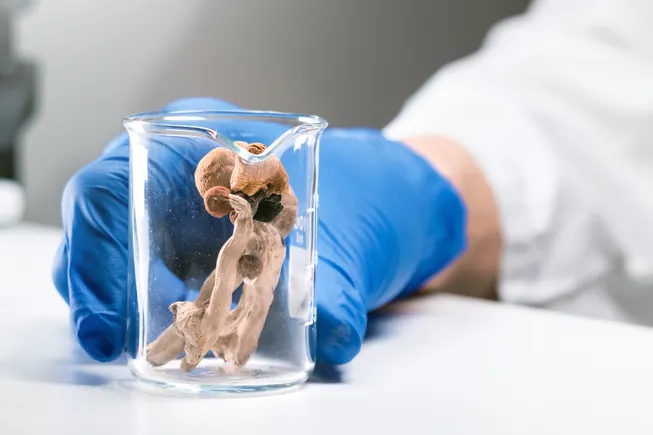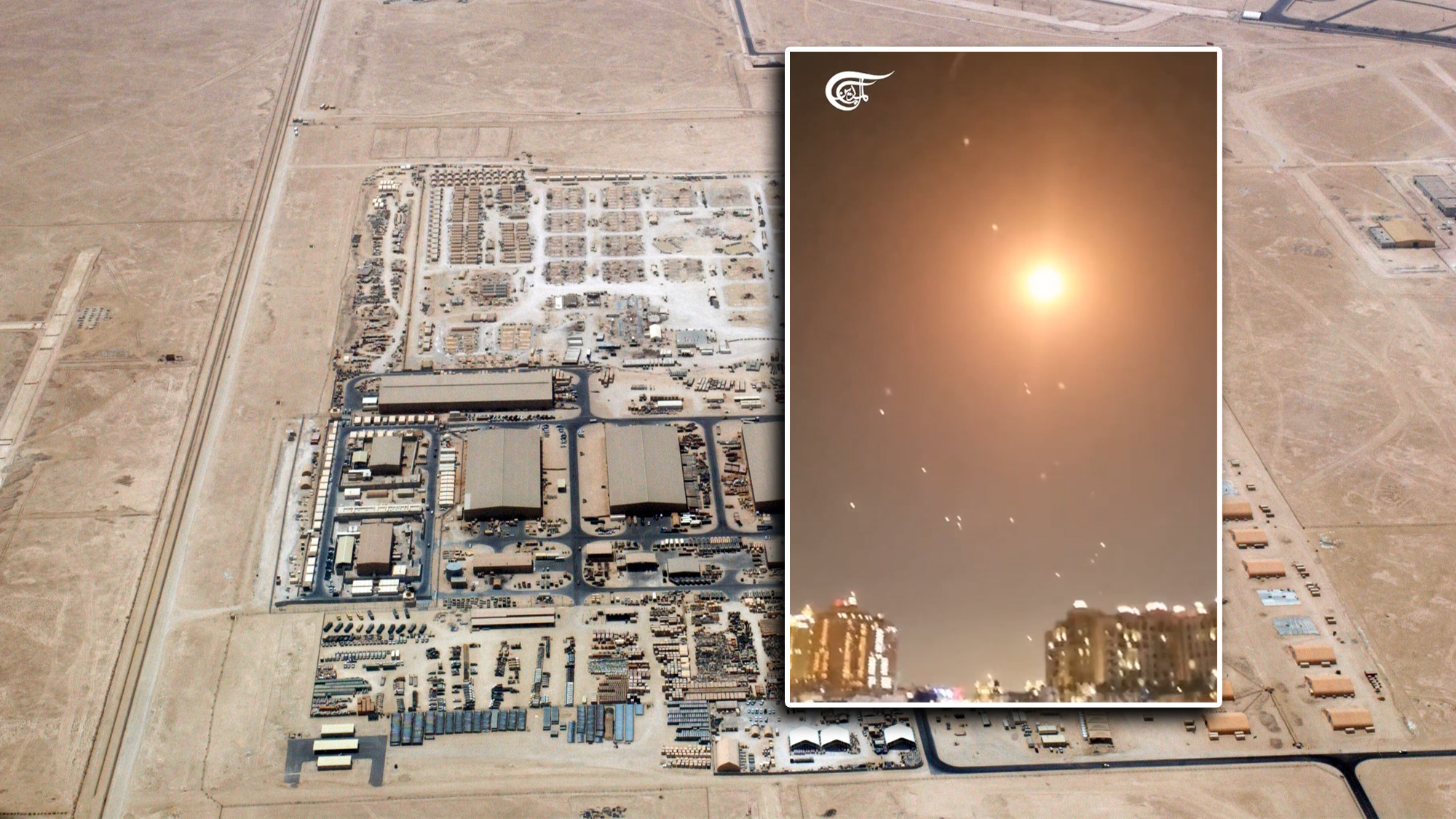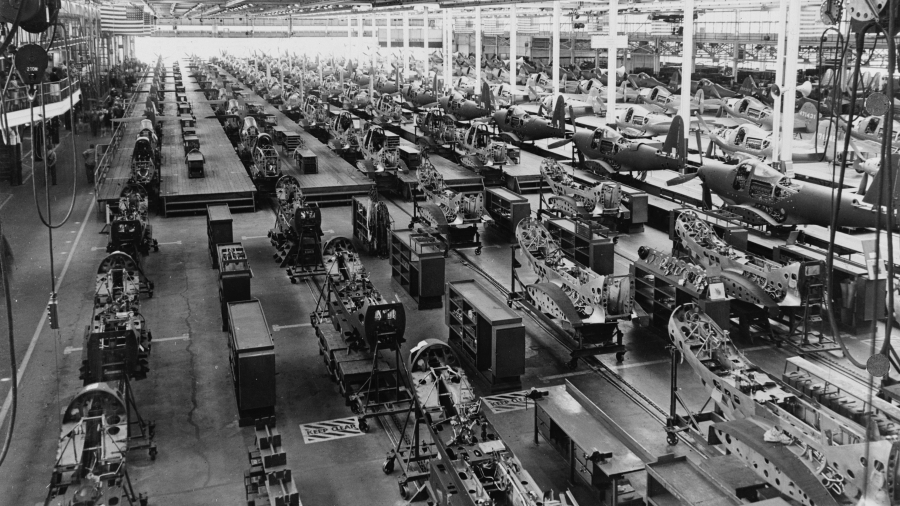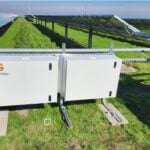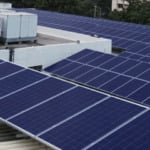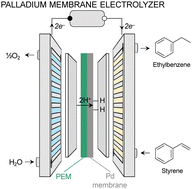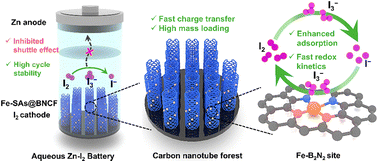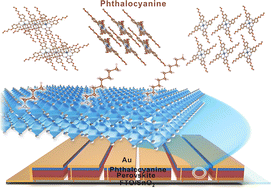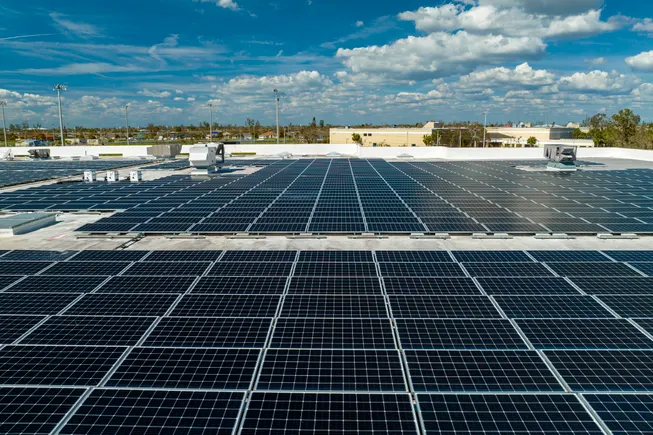Synergistic Configurational Entropy and Iron Vacancy Engineering in Na4Fe3(PO4)2P2O7 Cathode for High‐Power‐Density and Ultralong‐Life Na‐Ion Full Batteries
Advanced Energy Materials, Volume 15, Issue 17, May 6, 2025.

Benefiting from the rational design of N/P ratio and well-matched capacitive contributions between anode and cathode, a full-cell configuration assembled with Na4Fe2.61(Ni, Co, Mn, Cu, Zn, Mg)0.05(PO4)2P2O7 cathode and commercial hard carbon anode exhibits superior cycling durability, sustaining over 1000 cycles at a high current density of 1 A g⁻¹, providing new perspectives to accelerate the commercialization of low-cost, high-power-density sodium-ion batteries.
Abstract
Na4Fe3(PO4)2P2O7 cathode exhibits extensive potential for high-power applications, owing to its large sodium ion diffusion channels, low cost, and suitable operating voltage. However, it suffers significant capacity degradation due to the inevitable NaFePO4 impurity. Herein, a synergistic strategy is proposed that integrates high entropy doping with Fe vacancy engineering, which not only preserves the phase purity but also provides additional active sites and further stabilizes its crystal structure. A novel Na4Fe2.61(Ni, Co, Mn, Cu, Zn, Mg)0.05(PO4)2P2O7 cathode has been successfully synthesized by a simple sol-gel method, which exhibits an ultralong cycle life (over 15000 cycles at 5 A g−1) and outstanding rate capability (61.1 mAh g⁻¹ at 10A g−1). Additionally, a combined solid-solution and biphasic reaction mechanism in sodium storage process is thoroughly confirmed. Notably, benefiting from the rational design of N/P ratio and well-matched capacitive contributions, the full cells assembled with hard carbon anodes exhibit superior cycling durability, sustaining over 1000 cycles at a high current density of 1 A g⁻¹ without severe capacity deterioration. Such highly durable full cells with low N/P ratioand common ester-based electrolytes have never been reported before. The present work offers new perspectives to expedite the commercialization of low-cost, high-power-density sodium-ion batteries.





























